Search
Search Results
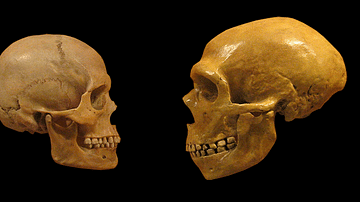
Article
The Neanderthal-Sapiens Connection
In May 2010, after years of intense discussions surrounding possible fossils of mixed Homo sapiens and Neanderthal descent floating around the scientific community, a team led by Svante Pääbo of the Max-Planck Institute for Evolutionary Anthropology...
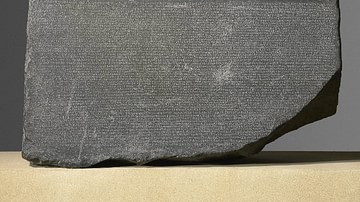
Image
Rosetta Stone
The Rosetta Stone is an incomplete grey and pink granodiorite stela dating from 196 BCE which presents a priestly decree concerning King Ptolemy V of Egypt. The text is in three different versions: Hieroglyphic, Demotic and Greek. The stone...
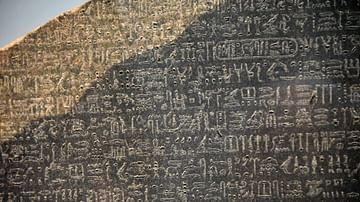
Image
Rosetta Stone Detail, Hieroglyphic Text
This is a zoomed-in detail of the upper part of the Rosetta stone showing the hieroglyphic inscription. The Rosetta Stone is a large, mostly complete fragment of a grey-pink granodiorite stela. A decree was carved on this stela using 3 ancient...
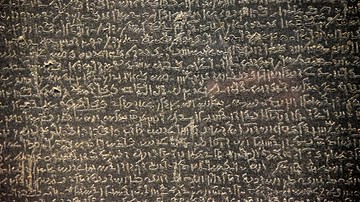
Image
Rosetta Stone Detail, Demotic Text
This is a zoomed-in detail of the middle part of the Rosetta stone showing the Demotic text. The Rosetta Stone is a large almost complete fragment of a grey-pink granodiorite stela. A decree was carved on this stela using 3 ancient texts...
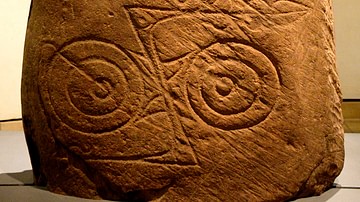
Image
Pictish Stone, Invereen, Scotland
Pictish stones are a form of monumental steles and are mainly found in the eastern part of Scotland and around the Clyde-Forth line. This stone was found in Invereen, Moy, Inverness-shire, Scotland. The stone was carved with Pictish symbols...

Image
Rosetta Stone Detail, Greek Text
This is a zoomed-in detail of the lower part of the Rosetta stone showing the Greek text. The Rosetta Stone is a large almost complete fragment of a grey-pink granodiorite stela. A decree was carved on this stela using 3 ancient texts in...

Image
Rosetta Stone, Right Side
This is right side of the Rosetta stone. We can recognize an English text carved on this side. The text reads "Captured in Egypt by the British Army in 1801". The Rosetta Stone is a large almost complete fragment of a grey-pink granodiorite...
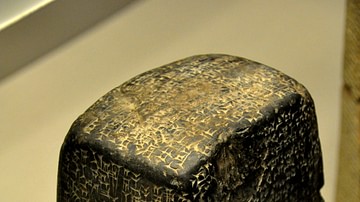
Image
Stone Foundation Document of King Adad-Nirari I
Rectangular stone foundation document of the Assyrian king Adad-Nirari I. It recounts the king's victories over the Mitanni, who had failed to gain Hittite support, and the extension of Assyrian rule west to the Euphrates. The stone appears...

Definition
Maeshowe
Maeshowe (pronounced `maze-ow' or `maze-oo') is a large Neolithic chambered cairn, dating from between 3000-2800 BCE, in the Stenness parish of Orkney, Scotland. According to Dr. Berit Sanders, of Lund University, the name means `Meadow Mound'...
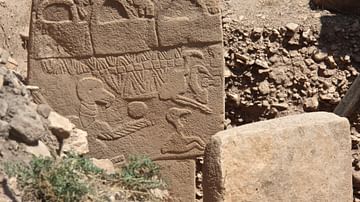
Image
Vulture Stone, Göbekli Tepe
Göbekli Tepe is a c. 12,000-year-old archaeological site in Anatolia, Turkey. The deepest and oldest Layer III is also the most sophisticated with enclosures characterised by different thematic components and artistic representations. This...